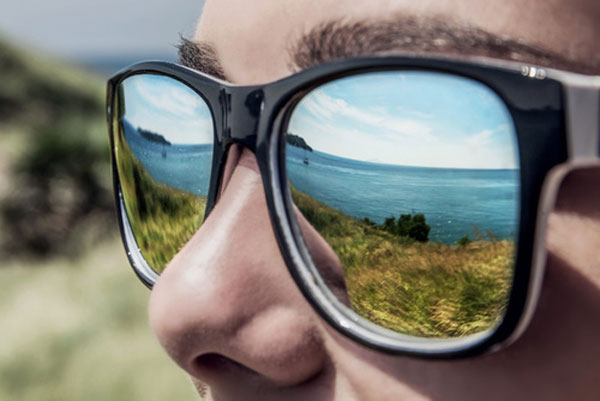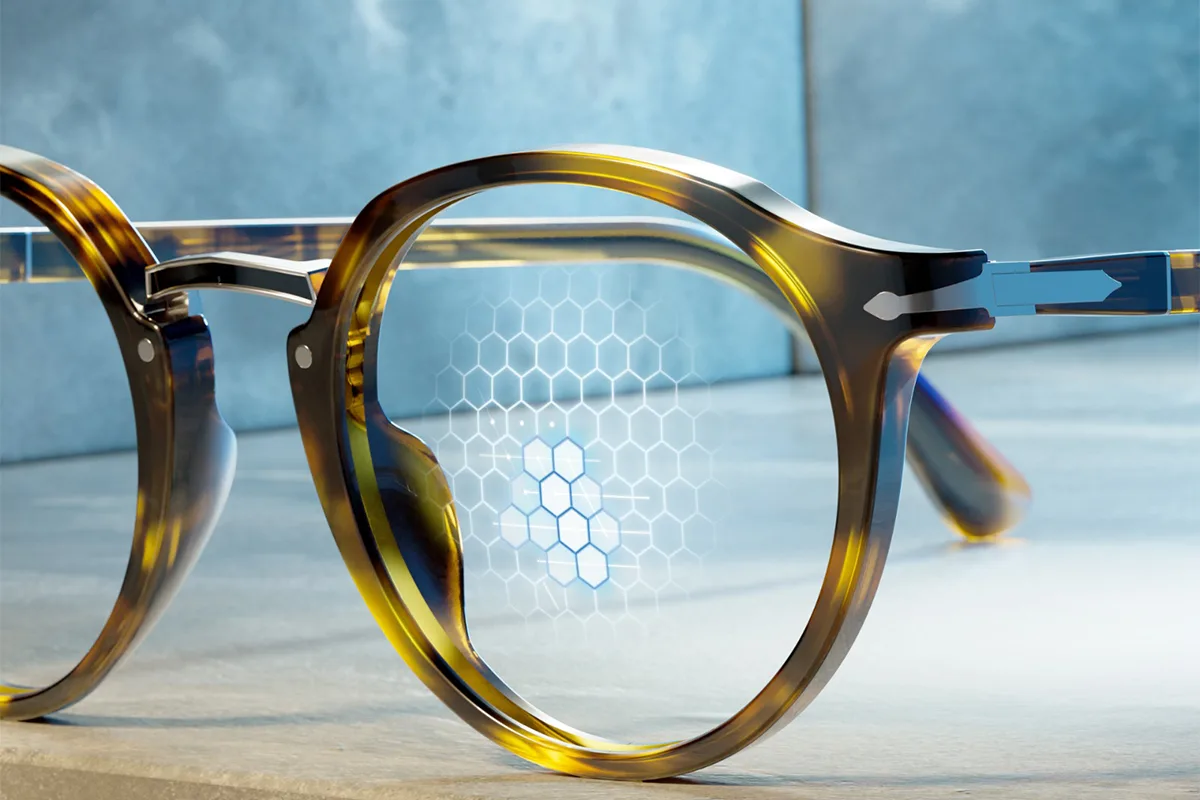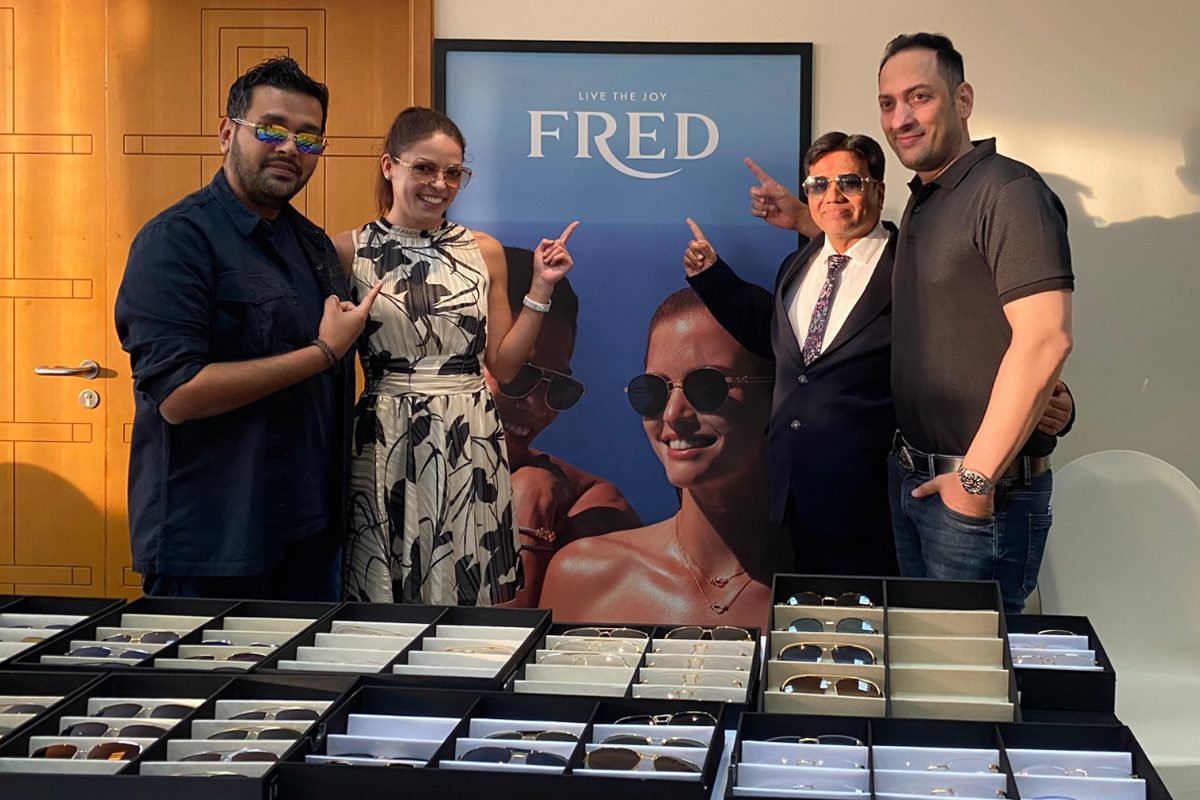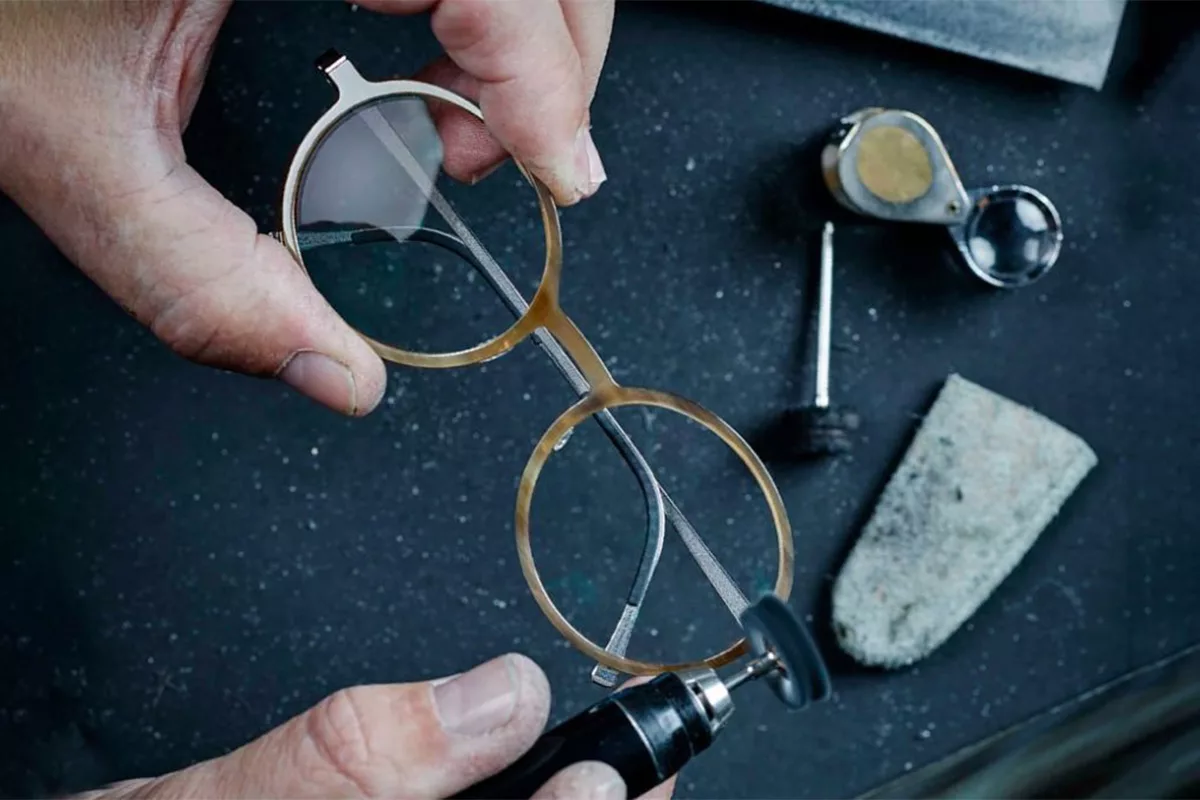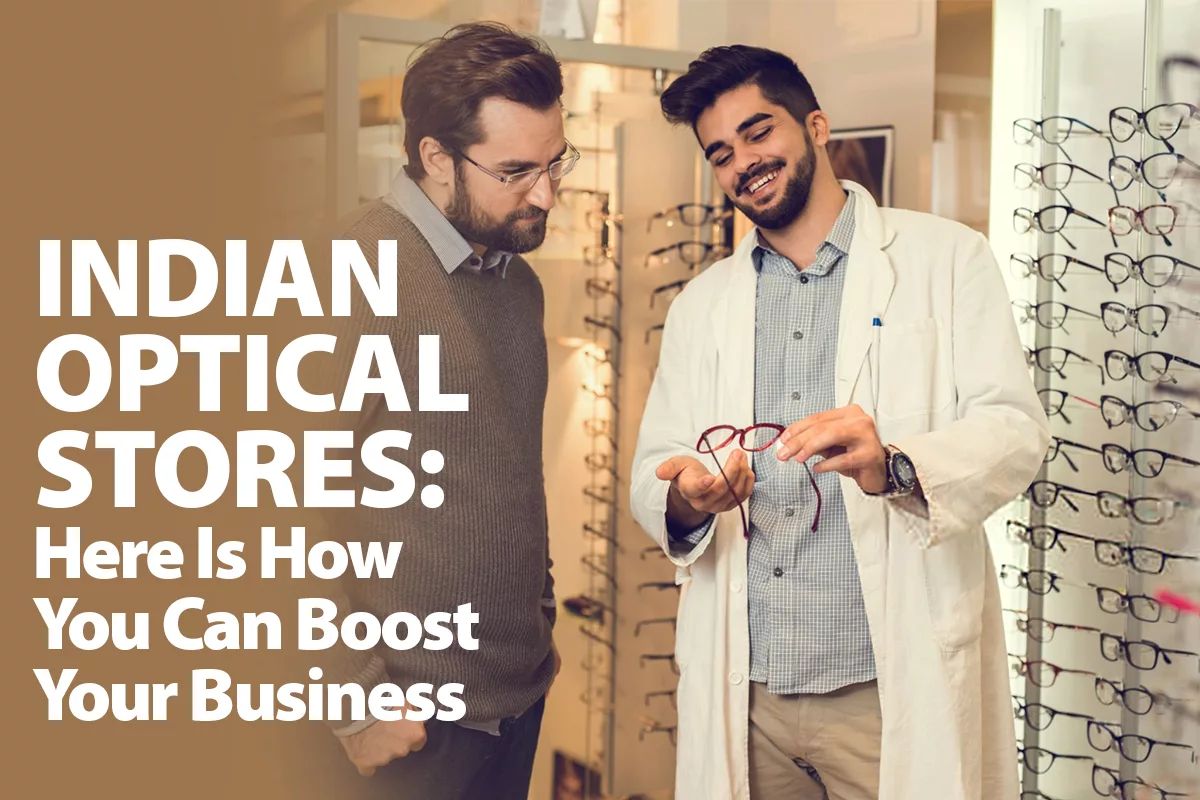Euromonitor International announced that the Eyewear 2018 edition is now live and available to access on Passport
The updated research provides the latest insights into how the industry is performing, and identifies key prospects through to 2022, offering unparalleled insight into the key trends and dynamics impacting the industry.
KEY RESEARCH HIGHLIGHTS
- Comfort and convenience drive innovation
- The “big fish”: Essilor and Luxottica merger
- Eyewear goes fast-fashion
- The impact of an ageing population
Convenience and comfort drive innovation
Consumers worldwide keep favouring convenient and comfortable solutions within the eyewear space. As a result, DD (daily disposable) lenses are outgrowing FRP (frequent replacement) and conventional lenses. In 2017, over 40% of global contact lenses sales are DD (daily disposable), posting an increase of 10 percentage points from five years ago. The combination of ease, affordability and health benefits (no day-to-day accumulation of lens deposits) appeals to consumers. Innovation within contact lenses is accelerating and becoming increasingly sophisticated from a material perspective. Manufacturers are tweaking current materials to better balance comfort and breathability. Such products include premium hydrogel contact lenses or reduced silicone content in silicone hydrogel contact lenses. Examples include Menicon’s Miru and Bausch & Lomb’s Biotrue as well as CooperVision’s MyDay and Alcon’s Dailies Total 1.
The “Big Fish”: Essilor and Luxottica Merger
Still pending authorities’ approval, 2017 is set to witness the merger of the two biggest eyewear companies currently operating globally. The US$50 billion merger between French giant Essilor and Italian Luxottica will create a global leader within the eyewear industry. The deal is expected to be completed by the end of 2017, subject to shareholder and regulatory approval. With Luxottica and Essilor being present in complementary industries, this merger gives the prospective new global powerhouse a presence in all eyewear product categories within the spectacles industry and sets up an environment where complementary products of frames and lenses are being designed, manufactured and distributed within a single entity. This merger is also parallel to both companies’ strategic goals where Essilor is looking to develop its sunglasses business and where Luxottica is looking towards spectacle lenses. More specifically, on an eyewear level, the combined entity will command more than a quarter of global value sales.
Eyewear goes fast-fashion
Both from the medical/optical side (spectacle lenses) and from the pure fashion perspective (sunglasses) spectacle lenses is rapidly leaning towards fast-fashion – higher volumes at lower average unit prices. The fast-fashion model has proved to be extremely successful within apparel and footwear, but the same logic applies to one of the most important accessories consumers use: their eyewear. Recently, there has been significant number of fast fashion optical retail shops emerging around the world betting on the well-tested formula of design and affordability. These optical retail shops encourage consumers to own several pairs of glasses as accessories to complete one’s overall fashion style. To encourage greater frequency of purchase and usage, these shops drive down unit prices while launching several collections per year incorporating the latest fashion trends. At the same time, fast fashion players such as Zara or H&M are adding affordable and design-led sunglasses to their portfolios, posting fierce competition to eyewear specialists.
The impact of an ageing population
As developed markets post record breaking cohorts of senior consumers, the prevalence of presbyopia continues to grow. Long life expectancy and low birth rates are paving the way for increasing demand for presbyopia correcting lenses or surgical procedures. Indeed, markets like Germany, France or Japan (with a substantial older population) are showing a strong correlation between the population suffering presbyopia and expenditure on spectacle lenses. Some of the markets showing the highest prevalence of presbyopia levels are Japan and Germany. According to our Future Demographics Model, the cohort of presbyopia prone consumers (40+) by 2025 will represent over 65% of the population in Japan or 58% in Germany, representing a consumer base of over 77 million people in Japan and 48 million in Germany. Ageing populations paired with high disposable income is indeed good news for eyewear players in this regard.
Presbyopia Prone Consumer Population In Japan And Germany By 2025
Credits: Jorge Martin, an Apparel and Footwear Project Manager at Euromonitor International. He has a Master’s degree in Applied Social and Market Research from Westminster University and has been working in market research since 2005. Professional interests include consumer behaviour, analytics and innovation.
From: Euromonitor

